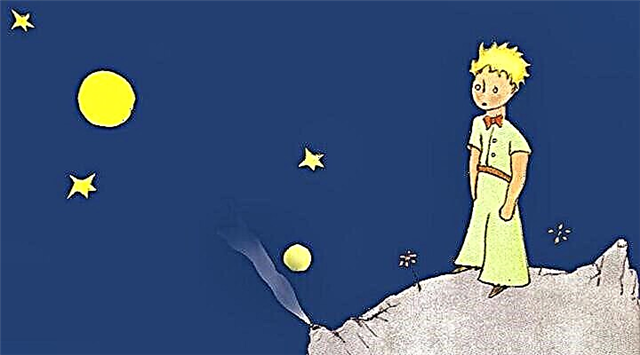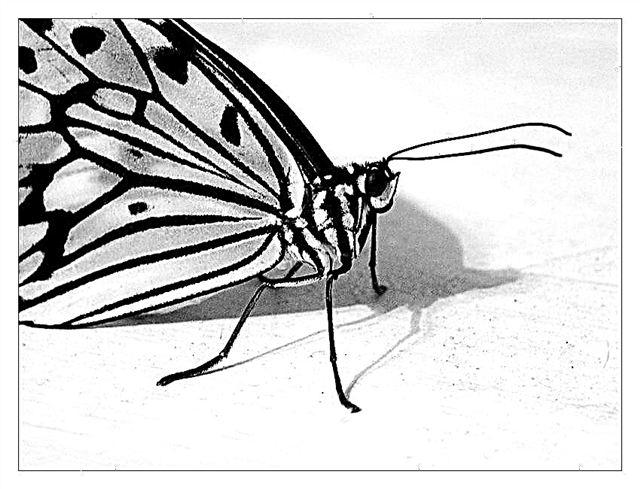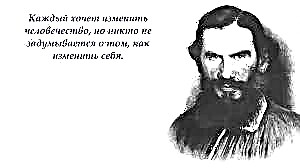Reading the poems of this Russian poet, you realize what true love is: whether it is love for the native land, love for a beautiful girl, or love for the beauties of Russian land. He is known as an impressionable poet, master of landscape and a person who understands deep feelings. Sergei Yesenin is a poet whose poems have not lost reader interest for two centuries. Below is a detailed analysis of one of his most famous poems - "You are my Shagane, Shagane." Let's try together to understand the subtleties of his work and read between the lines of thoughts and experiences of the author.
History of creation
The 20 years in the life of Yesenin are characterized by several trips to Georgia and Azerbaijan. So, while in Batumi, a city in Georgia, Yesenin publishes the poem "You are my Shagane, Shagane."
All his life, Sergei dreamed of visiting beautiful Persia at least once, but he was not lucky enough to be there. However, being very impressed by P. Chagin's dacha, where the Persian illusion was reproduced in the form of various souvenirs and decorative ornaments made in oriental themes, and from meeting with a teacher from Tiflis - Shagane Nersesovna Terteryan, Sergey creates his poem in 1924. It was included in the collection Persian Motifs.
Genre, direction, size
- The genre of this poem is elegy. The poet in a lyrical work conveys his emotions and feelings, namely the memories of his native land, of a girl who “maybe thinks of me ...”.
- The poem is written by a three-legged anapaest. Sergei Yesenin uses both ring and parallel rhymes.
- The direction is imagism. Poets of the Silver Age, including Sergey Yesenin, joined this literary trend. The creation of images using metaphors is inherent in this direction.
Composition
Compositionally, the poem "You are mine Shagane, Shagane" can be divided into 2 parts:
- the first part reads gentle appeals to Shagane;
- in the second part, only dreary memories that excite the poet’s soul.
It is also worth noting that the refrain brings the rhythm of the poem closer to the song.
Images and Symbols
The central image of the poem is Shagane. But the poet’s attitude towards her is more friendly, because he tells her about a girl who is “terribly similar” to her. But nevertheless he affectionately refers to her, which can be seen in the pronoun "mine" in the first stanza. Yesenin shares with her innermost, because we can say that he trusts her. The poem is saturated with other images: "wavy rye", "moon", "Shiraz", "Ryazan expanses." In the last lines, the lyrical hero introduces readers to a girl with whom he may be in love. That mysterious girl from the north is very similar to Shagane, because of which, apparently, a sympathy for a good friend arose.
It is also important to note that the field in Yesenin's poem acts as a symbol. It seemed to have lost its physical properties and now exists as a story, as a symbol of sincere homesickness.
Themes and mood
The leitmotif of the poem seems to be the phrase "I am ready to tell you the field." In it, the poet laid immense love for the homeland. This expression is equivalent to "express the soul." He can’t wait to share it with those who have never seen the vastness of Russia. Yesenin endowed the poem with sad and nostalgic moods and longing for "Ryazan expanses."
So, the problems are:
- Homesickness. The poet compares everything with his native places and believes that “no matter how beautiful Shiraz is, he is no better than Ryazan expanses” or “that the moon is a hundred times bigger there.”
- Although the author sincerely misses, she doesn’t want to excite feelings: “Do not wake only the memory in me of the wavy rye under the moon.”
Main idea
The main idea of the poem - the lyrical hero wants everyone who has heard his stories to be able to understand his love and his thoughts, his longing and his experiences. The reader feels himself as the interlocutor of Esenin himself, despite the fact that he is in dialogue with Shagane.
Means of Expression
In accordance with the attitude to the native lands and to Shagane herself, the poet selects a number of different lexical means of expression.
- The work is rich in epithets: "wavy rye", "beautiful Shiraz" and so on.
- The author uses a hyperbole in the text: “the moon is a hundred times bigger there”
- The poem is built on a single line of detailed metaphor: the lyrical hero compares his curls with the "wavy rye under the moon." And the third stanza becomes the compositional center of the work.
- Sergei Yesenin more than once in his poem uses the repetition of certain phrases. For example, “because I’m from the north or something,” “I’m ready to tell you the field,” “about the wavy rye under the moon.”
- The poem "You are my Shagane, Shagane" truly expressively and subtly conveys the poet's serious feelings and deep emotions.


 Moby Dick
Moby Dick








